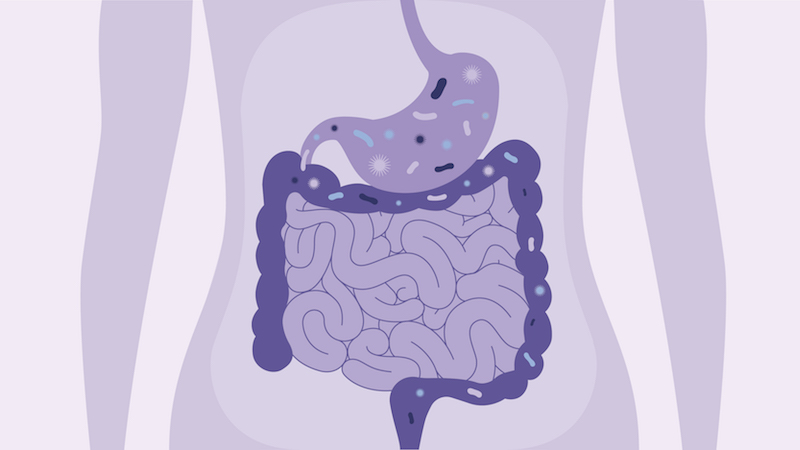Causes and Diagnoses
Causes and Diagnoses of Constipation
Constipation occurs when too much water is absorbed from waste material as it is moving through the colon. This can occur for several reasons, including:
- Inadequate fluid intake
- Lack of fiber in your diet
- Lack of exercise
- Not going to the bathroom when you get the urge
- Medications, especially pain killers and anti-depressants
- Irritable bowel syndrome
- Laxative abuse
- Fecal impaction
- Stress
- Travel
- Pregnancy
- Aging
Diagnosing constipation
When constipation becomes chronic, your physician can use a number of tests to determine the cause, including:
- X-ray: Traditional X-ray images can indicate the severity of the inflammation and scarring, and show if there are any blockages.
- Lower GI (barium enema): A series of X-rays are taken after you have received an enema containing a contrast material that coats your colon and shows up well on X-rays.
- CT scan: A computed tomography (CT) scan combines X-ray and computer technology to produce detailed cross-sectional images of your intestines.
- Colonoscopy: An endoscope (long, flexible tube) with a lighted camera goes through the colon, allowing your physician to view the lining. A sigmoidoscopy uses the same technology but examines only the sigmoid colon (the lower third).
- Endoscopic ultrasound (EUS): While you are under mild sedation, an endoscope with an ultrasound probe is inserted in your colon to create more precise images than may be available using external ultrasound.
- Magnetic resonance imaging (MRI): This test uses a magnetic field and radio waves to create pictures of your digestive tract.
- Wireless motility capsule: After being swallowed, this device sends radiofrequency signals to a data recorder worn during testing. The capsule measures temperature, pressure and pH readings throughout the gastrointestinal tract, allowing your physician to determine gastric emptying and small bowel, colon and whole gut transit times.
- Anorectal manometry (ARM): This test evaluates the mechanical function of the pelvic floor musculature with high-resolution and three-dimensional, high-definition catheters.



